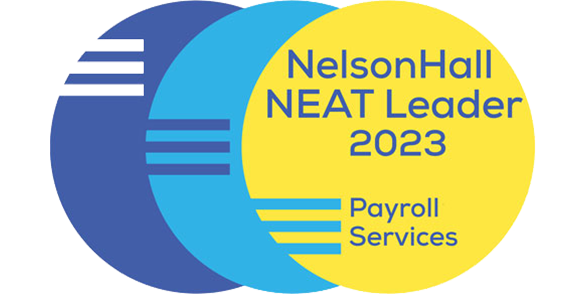
By Rachele Collins, Ph.D., with contribution from Maria Pitts, CPP, Client Success Executive
The purpose of this article is to highlight validation "checkpoints" that payroll practitioners should consider in order to facilitate accurate pay prior to issuing payroll.
Introduction
Payroll is one of the most important functions in an organisation, yet it can be taken for granted… until something goes wrong. For example:
- An employee is paid too much, and has to refund the overage
- An employee is paid too little, or not on time, which causes him/her to be late on bills or to have to borrow to make ends meet
- An employee is paid incorrectly, resulting in a hassle to fix it for both the employer and employee during the next pay cycle
- Taxes are not paid on-time or properly, resulting in potential compliance issues or penalties
In one extreme instance, a government employer in Australia was recently profiled in the news for overpaying its employees by $3.6 million, with a large portion of that still outstanding, as a result of poor systems and controls. While this example may seem excessive, it reiterates the importance of robust mechanisms for ensuring accurate, compliant pay.
- A strong process for ensuring accurate payroll should include three layers:
- Internal controls (part of the larger framework of finance internal controls in the organisation, such as setting up appropriate checks and balances)
- Payroll validation checks (ensuring payroll is accurate before scheduling and paying employees)Payroll audits (routine checks of the payroll process itself, may be part of the larger internal audit process)
Of course, accurate and compliant pay is first and foremost enabled by robust automation and reporting.
Validation checkpoints for payroll
Payroll practitioners should consider the following checkpoints to foster accuracy in payroll prior to paying employees.
"Eyeballing"/Reasonableness
Seasoned payroll practitioners are naturally going to have knowledge about what payroll totals "should" look like, approximately, for their organisation. Important points to check prior to issuing payroll are items such as how is payroll trending this pay period compared to last period and the total employee headcount and hours (regular and overtime) that are being paid, and whether or not these numbers make sense. Payroll practitioners should check (and the vendor system may automatically flag) any unexpectedly large payments or deductions, and similarly any really small or no payments for an employee, which could be the result of a keying or transmittal error. If the numbers are off beyond a certain threshold, then they should be looked into and corrected prior to issuing payroll. Practitioners will also want to be sure any manual and/or off-cycle checks are included in the payroll run and are correct.
In addition, double check common sensical items such as whether or not you are paying for the correct pay period, whether you have any active employees without hours, and whether you have inactive employees with pay, for example.
Changes in employee status
Practitioners should also review any changes in employee status for payroll implications, such as:
- new employees
- terminated and separated employees
- employees going on leave
For example, a change of address for an employee moving across state lines between home and work as a result of the new, hybrid workplace at many organisations could have potential tax ramifications that need to be factored into payroll.
Changes in employee elections or deductions
Payroll practitioners should also review changes in employee elections and deductions, such as:
- retirement
- health savings accounts
- taxes
- mandated garnishments
- benefits elections
Employee changes in any of these areas all affect payroll in terms of deductions or additions to employees' paychecks and should be ascertained prior to running payroll to be sure that they are incorporated. Companies should likewise consider checking for employees whose pay is insufficient to cover deductions prior to issuing payroll.
Matching between systems
In general, a leading practice is for systems to integrate as seamlessly as possible, with minimal manual intervention. Ideally, the data should flow through automatically for "one version of the truth." If that is not the case at the organisation, and data is being manually rekeyed or imported from system to system, then key totals (such as regular and overtime hours, regular and overtime earnings, gross payroll for the period, taxes, and deduction amounts) between systems should be checked and reconciled.
Conclusion
The good news is that leading payroll technology providers have built-in reporting as part of the payroll solution and that helps to validate payroll accuracy prior to paying employees. For example, in addition to pay summary, detail, and transmission reports, useful reports might include reports of new hires, employee changes, employee deductions, and outliers like active employees with no pay.
Strong payroll validation practices are an important part of a robust system that also includes controls and payroll audits in order to facilitate accuracy and compliance.
This story originally published on SPARK, a blog designed for you and your people by ADP®.


